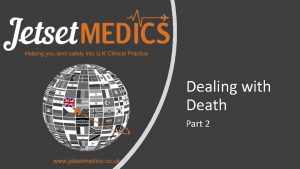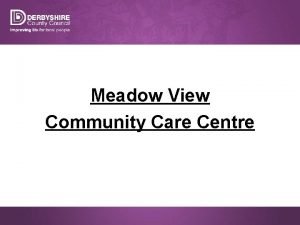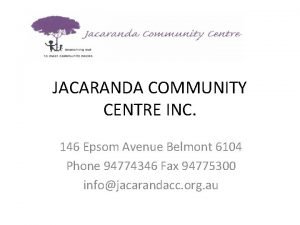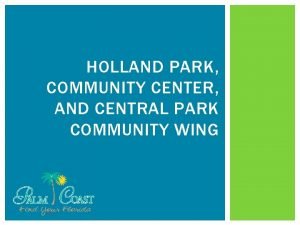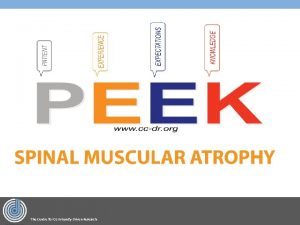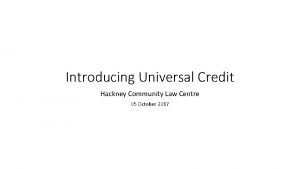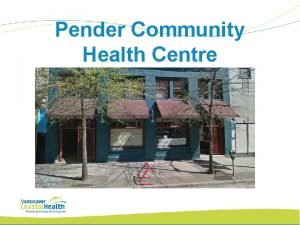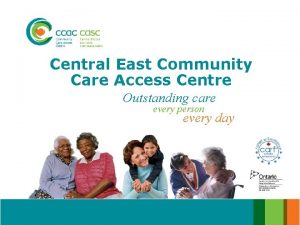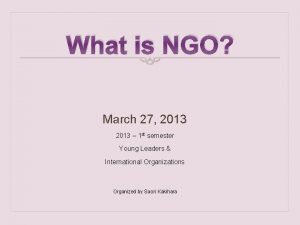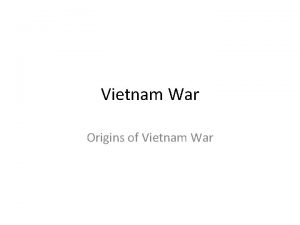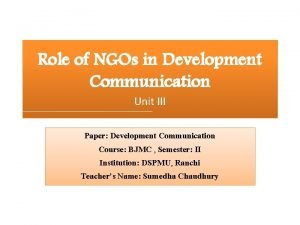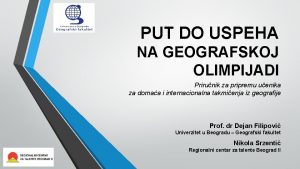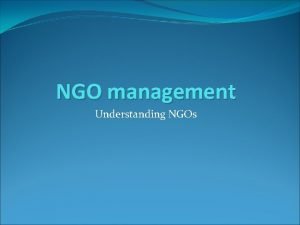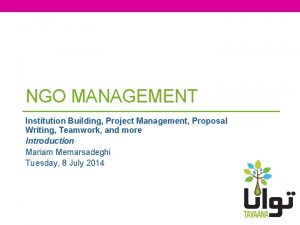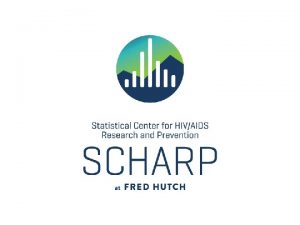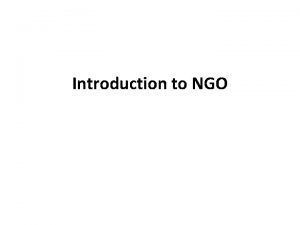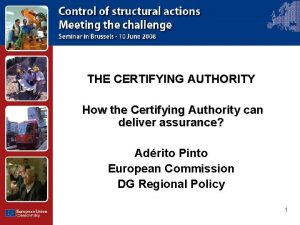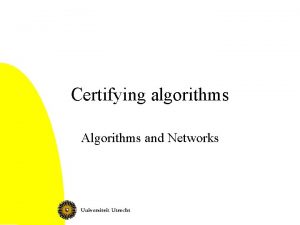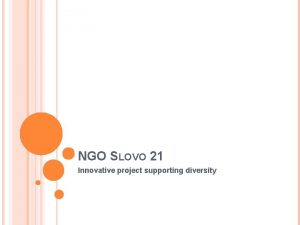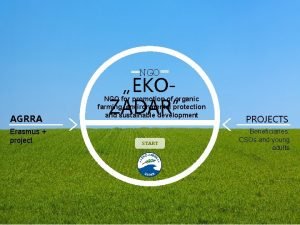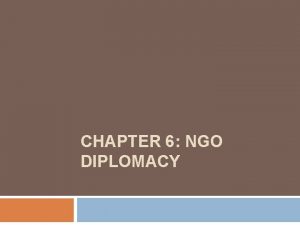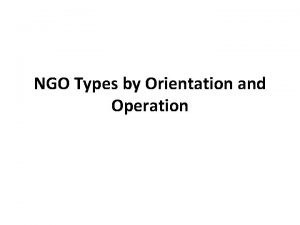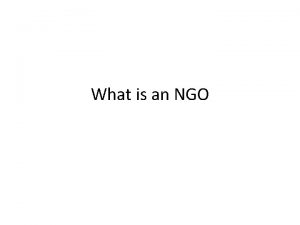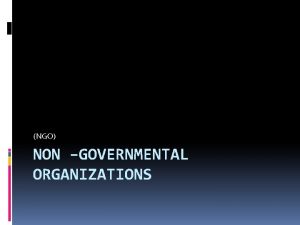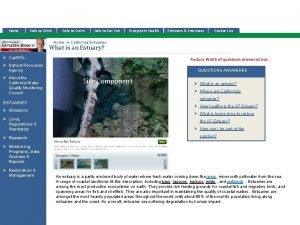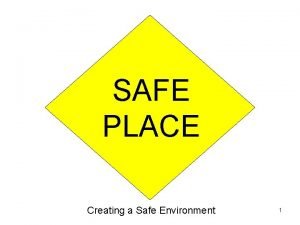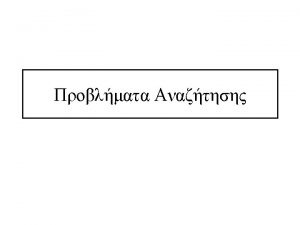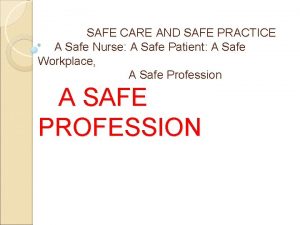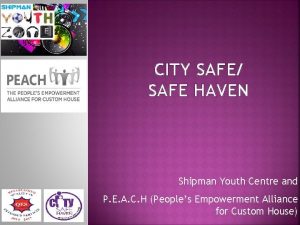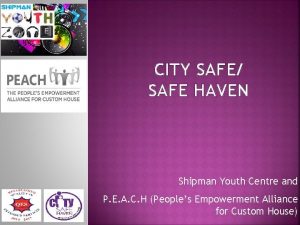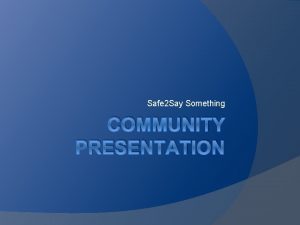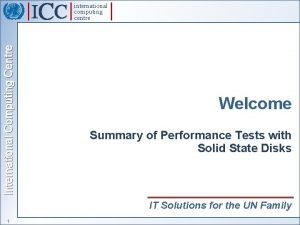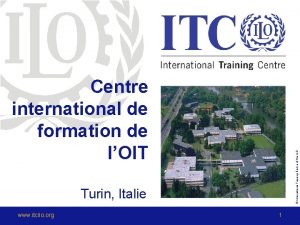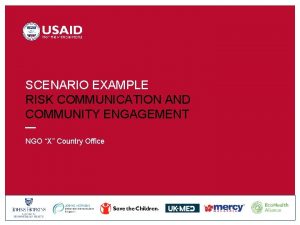International Safe Community Certifying Centre a NGO International

























- Slides: 25


International Safe Community Certifying Centre -a NGO

International Safe Community Certifying Centre Chair General manager Leif Svanström Guldbrand Skjönberg May 2014

The International Safe Community Movement Safer than Ever Leif Svanström* Chair International Safe Community Certifying Centre And Department of Public Health Sciences Karolinska Institutet Stockholm Sweden

The Democracy Index is an index compiled by the Economist Intelligence Unit, that measures the state of democracy in 167 countries, of which 166 are sovereign states and 165 are United Nations member states.

The index is based on 60 indicators grouped in five different categories measuring pluralism, civil liberties, and political culture. In addition to a numeric score and a ranking, the index categorizes countries as one of four regime types full democracies, flawed democracies, hybrid regimes and authoritarian regimes.

Type of regime Scores Full democracies 8. 0 to 10 Flawed democracies 6. 0 to 7. 9 Hybrid regimes 4. 0 to 5. 9 Authoritarian regimes 0 to 3. 9 Number of countries 24 52 39 52 % of countries % of world population 14. 4 31. 1 23. 4 31. 1 12. 5 35. 5 14. 4 37. 6

The index is based on 60 indicators grouped in five different categories Suic Intent Fire-arm Traf measuring pluralism, Homic civil liberties, 0. 6 11. 9 12. 5 1. 78 2. 9 and political culture. In a 3 1 addition 11. 9 12. 9 to 1. 47 11. 3 11. 6 1. 57 3. 8 numeric score and a 0. 3 ranking, the 0. 9 13. 2 14. 1 1. 45 7. 4 index categorizes countries as one of 3. 0 0. 9 11. 3 12. 2 1. 28 four regime types full democracies, 0. 7 11. 1 11. 8 2. 91 3. 4 flawed democracies, hybrid regimes 1. 6 11. 5 13. 1 2. 22 6 and authoritarian 2. 2 regimes. 16. 8 19 3. 64 4. 7 1 1. 1 9. 7 8. 5 10. 7 9. 6 0. 86 0. 46 5. 6 3. 9

Rank Country Score Category Homic Suic Intent Fire-arm Traffic 49 Indonesia 6. 95 Flawed democracy 17. 7 50 Croatia 6. 93 Flawed democracy 1. 4 19. 7 21. 1 3. 54 7. 9 51 Hungary 6. 90 Flawed democracy 1. 3 21. 7 23 0. 87 7. 7 52 Argentina 6. 84 Flawed democracy 5. 8 7. 7 13. 5 5. 8 12. 4 53 Suriname 6. 77 Flawed democracy 4. 6 14. 4 19 19. 6 53 Philippines 6. 77 Flawed democracy 8. 8 2. 1 10. 9 3. 24 9. 1 55 Bulgaria 6. 73 Flawed democracy 2 12. 3 14. 3 2. 35 10. 4 56 Serbia 6. 71 Flawed democracy 19. 5 3. 9 9. 5 57 Romania 6. 68 Flawed democracy 2 12 14 0. 19 11. 1 57 Mexico 6. 68 Flawed democracy 22. 7 4 26. 7 11. 17 14. 7

Rank Country Score Category Homic 85 Bangladesh 5. 78 Hybrid regime 86 Tanzania 5. 77 Hybrid regime 87 Sri Lanka 5. 69 Hybrid regime 3. 6 88 Albania 5. 67 Hybrid regime 4. 0 89 Malawi 5. 66 Hybrid regime 90 Benin 5. 65 Hybrid regime 91 Fiji 5. 61 Hybrid regime 92 Ukraine 5. 42 Hybrid regime 5. 2 93 Thailand 5. 39 Hybrid regime 4. 8 94 Nicaragua 5. 32 Hybrid regime 13. 6 95 Kyrgyzstan 5. 24 Hybrid regime 9. 1 Suic Int Fire-arm Traffic 11. 6 25. 2 13. 7 4. 0 8. 0 12. 7 19. 5 23. 9 6. 3 21, 2 26. 4 0. 20 13. 5 7. 8 12. 6 38. 1 5. 8 19. 4 7. 29 33. 7 8. 8 17. 9 1. 01 19. 2

Rank Country Score Category Homic Suic Int Fire-arm 157 Laos 2. 21 Authoritarian regime 158 Iran 1. 98 Authoritarian regime 3 6. 4 9. 4 159 Guinea-Bissau 1. 93 Authoritarian regime 160 Turkmenistan 1. 83 Authoritarian regime 12. 8 8. 6 21. 4 161 Saudi Arabia 1. 82 Authoritarian regime 162 Democratic Republic of the Congo 1. 75 Authoritarian regime - - - 163 Syria 1. 74 Authoritarian regime 2. 3 0. 1 2. 4 164 Equatorial Guinea 1. 66 Authoritarian regime 165 Chad 1. 50 Authoritarian regime 166 Central African Republic 1. 49 Authoritarian regime - - - 167 North Korea 1. 08 Authoritarian regime - Traffic 20. 4 24. 1 31. 2 18. 6 24. 8 17. 1 22. 9 11. 4 29. 7 14. 6 10. 7

RANK COUNTRY INDEX CATEGORY 2 Sweden 19 20 21 9. 73 Full democracy Homic Suic 1 11. 9 USA 8. 11 Full democracy 4. 8 12. 0 Japan 8. 08 Full democracy 0. 4 21. 7 S Korea 8. 06 Full democracy 0. 9 31. 7 Intent 12. 9 16. 8 22. 1 32. 6 27 30 32 44 India S Africa Chile Brazil 13. 9 46. 5 14. 4 25. 8 127 132 144 Cuba 3. 52 Russia 3. 39 China 3. 00 7. 92 Flawed democ. 3. 4 7. 82 Flawed democ. 31. 1 7. 80 Flawed democ. 3. 2 7. 38 Flawed democ. 21 Authorit. regime 5 -"10. 2 -"1 10. 5 15. 4 11. 2 4. 8 12. 3 17. 3 21. 4 31. 6 22. 23 23. 23 Fire-arm Traffic 1. 47 3 10. 64 11. 6 0. 06 4. 8 0. 06 11. 4 0. 48 21. 51 3. 73 19. 5 31. 9 11. 5 22. 5 - 7. 8 18. 6 20. 5

According to the estimate of the World Health Organization’s Global Burden of Disease Study, unintentional injuries resulted in more than 3. 9 million deaths in 2004. Among the 15 - 29 years old of age group, road traffic injuries, drownings, burns, poisonings, falls and other unintentional injuries accounted for top five of the 15 leading causes of death

DO SOMETHING !!!! TOP DOWN THE WHO MUST ALERT THE MEMBER STATES! BOTTOM UP THE SAFE COMMUNITY MOVEMENT!

The co-operation between WHO and the Safe Community Movement started in 1986 and began its formal existence at the First World Conference on Accident and Injury Prevention held in Stockholm, Sweden in September 1989.

In the Manifesto for Safe Communities, the resolution of the conference 1989 stated that the International Safe Community movement should work with “WHO Health for all” as a vision.

The ground pillars in the Stockholm manifesto are: • All human beings have an equal right to health and safety • Accident and injury prevention requires coordinated action by many groups

• Health sector have a crucial role in collecting information on injured people, injury patterns, causes of injuries and hazard situations • Local programs must include all citizens and focus on the most vulnerable

• Evaluation both of the process and outcome of a safety promotion program is important • An international development work for safe communities is necessary!

In an International Safe Community, the community itself plays the leading role. The term Safe Community implies that the community work for increased safety in a structured approach, not that the community is already perfectly safe.

Creative methods of education, physical planning and environmental change joined with appropriate regulations and enforcement are an important beginning for the safety of a community.

An International Safe Community use the traditional means of control such as economic, regulations and governing by objectives and visions. No single approach is sufficient for changing existing behaviour patterns. Heightening of public awareness is also very important.

While the movement was growing started a quality management programme leading to a peer review system where the leading communities (now about 360) were labelled International Safe Communities.

Ireland Israel Japan Mexico New Zealand Norway Communities Australia Austria Peru Poland Republic of Korea Bosnia and Herzegovina Canada Serbia Chile South Africa China (Province of Taiwan) China, Hong-Kong Croatia Czech Republic Denmark Estonia Finland Germany Iran (Islamic Republic of) Sweden Thailand Turkey United Kingdom of Great Britain and Northern Ireland United States of America Vietnam

DEVELOPMENT; AND 25 -50% DECREASE OF INJURIES AND A COMPLETE NEW ORGANISATION (THE NGO OF ISCCC) SAFE COMMUNITIES MOVEMENT – SAFER THAN EVER !!!!
 Geeky medics death confirmation
Geeky medics death confirmation Safe feed safe food
Safe feed safe food Safe people safe places
Safe people safe places Centroid engineering mechanics
Centroid engineering mechanics Centroids and center of gravity
Centroids and center of gravity Meadowview community centre
Meadowview community centre Jacaranda community centre
Jacaranda community centre Holland park community centre
Holland park community centre Cefn hengoed community centre
Cefn hengoed community centre Orione community training centre
Orione community training centre Centre for community driven research
Centre for community driven research Comrie community centre
Comrie community centre Hackney community law centre
Hackney community law centre Pender community health centre
Pender community health centre Central east community care access centre
Central east community care access centre March 27, 2013
March 27, 2013 Ngo model
Ngo model Vientcong
Vientcong Ngo and development communication
Ngo and development communication Jelena lukovic geografski fakultet
Jelena lukovic geografski fakultet Introduction of ngo
Introduction of ngo Project management for ngo
Project management for ngo Dr julie ngo
Dr julie ngo Mỉm cười nhìn đóa hoa lòng nghi ngờ tan vỡ
Mỉm cười nhìn đóa hoa lòng nghi ngờ tan vỡ Introduction of ngo
Introduction of ngo Vision mission and objectives of ngo
Vision mission and objectives of ngo
